
Exploring Sweden’s Rich History From Vikings to Modern Times
A Brief History of Sweden: From Ancient Times to Modern Day
Discovering Sweden’s history is a rich exploration of culture, conquest, and transformation. Hunter-gatherers were Sweden’s earliest known inhabitants, arriving around 12,000 BCE. These ancient communities evolved into more complex societies over time.
Key Takeaways
- Sweden’s rich history spans from ancient hunter-gatherer societies around 12,000 BCE to a modern welfare state.
- The Viking Age marked Sweden as a formidable seafaring power, influencing trade and exploration across Europe.
- Centralised kingdoms began to form in the early 12th century, establishing the foundations for the modern Swedish monarchy.
- Sweden’s entry into European politics was solidified through the Kalmar Union with Denmark and Norway in 1397.
- The 17th century saw Sweden reach the height of its empire, becoming a central player in European conflicts.
- Today, Sweden exemplifies a progressive society, balancing its rich history with innovation and sustainability.
The Viking Age
By the Viking Age, Sweden had become a formidable seafaring power. This period spanned from the late 8th to the early 11th century. Vikings from this region explored, traded, and occasionally raided across Europe, leaving a lasting historical impact.

The Rise of Centralised Kingdoms
As the Viking era waned, centralised kingdoms began to rise. By the early 12th century, Sweden started to consolidate under a single monarchy, establishing the foundations of the modern Swedish state. This formation marked Sweden’s entry into European political dynamics.
The Kalmar Union
In the late medieval period, Sweden joined the Kalmar Union in 1397, a political alliance with Denmark and Norway that lasted until the early 16th century.
The Rise of Sweden
The collapse of the Kalmar Union led to internal strife. However, the Vasa dynasty emerged victorious, founding a powerful state that became a major European player.
The Height of the Swedish Empire
The 17th century marked the height of the Swedish Empire. Under leaders like Gustavus Adolphus, Sweden expanded its territories significantly and became central in European politics and conflicts.
Neutrality and Modern Identity
By the early 19th century, Sweden adopted a stance of neutrality that shaped its modern identity. Notably, it remained neutral during both World Wars, using its position to foster significant humanitarian efforts. The 20th century brought modern welfare and political stability through economic and social reforms.
Today, Sweden exemplifies a progressive, democratic society with extensive social protections and a robust economy.
![]()
The Swedish People: A Portrait of Sociocultural Identity
Sweden’s demographic composition reveals a rich tapestry of diverse ethnic backgrounds and cultural heritage. With over 10 million residents, most are of Scandinavian descent. However, significant populations of Finns, Sami, and recent immigrants enrich Swedish society.
The Concept of ‘Lagom’
Central to understanding Swedish culture is ‘lagom,’ which captures balance and moderation. This philosophy influences various facets of life, promoting harmony and contentment—a value deeply ingrained in the Swedish psyche.

Social Cohesion
Sweden is renowned for its comprehensive social welfare system that underscores equality and inclusivity. Citizens have access to essential services like healthcare, education, and housing.
Sweden’s progressive policies on gender equality reflect this egalitarian approach. Significant strides have been made in closing the gender gap through shared parental leave initiatives and equal job opportunities.
Immigration has played a pivotal role in shaping contemporary Swedish society. Asylum seekers and labor migrants contribute to cultural diversity and economic growth.
Discovering Sweden’s Heritage and Traditions: Preserving the Past
Sweden’s rich cultural heritage offers fascinating insights into its identity. National holidays and traditional festivals are central to this cultural tapestry.
Midsummer Celebration
One cherished celebration is Midsummer, marking the summer solstice with maypoles and folk dances that symbolise joy in nature.
Lucia Day
Another significant tradition is Lucia Day on December 13th. This event commemorates “the bearer of light” with processions led by girls in white dresses adorned with candles.

Traditional Customs
Traditional customs like ‘fika’—a coffee break with pastries—emphasise social bonds. Swedish handicrafts such as ‘dalahorses’ showcase cultural depth while preserving historical significance.
Role of Museums
Swedish museums play a crucial role in safeguarding heritage. Institutions like the Vasa Museum display historical artifacts while Skansen serves as an open-air museum connecting future generations to their roots.
Geography and Natural Landscapes: Exploring Sweden’s Diverse Environment
Sweden boasts diverse geographical features across its vast landmass. From Arctic wilderness in Lapland to coastal archipelagos in the south, its landscapes captivate visitors.
Lapland’s Wilderness
Lapland features dramatic wilderness with Kebnekaise as its highest peak. This region experiences extreme climates with long winters and brief summers that create unique habitats for flora and fauna.
Dense Forests
Further south lies dense forests covering about 70% of Sweden’s territory. These woodlands host various tree species while supporting diverse wildlife such as elk and deer.
Expansive Lakes
Sweden’s expansive lakes like Vänern enhance scenic beauty while providing vital freshwater resources.

Coastal Archipelagos
With over 267,000 islands—more than any other country—Sweden’s coastal areas are dotted with unique islands known for their ecological significance.
Swedish Cuisine: A Taste of Tradition and Innovation
Swedish cuisine blends tradition with innovation, reflecting seasonal ingredients sourced locally.
Iconic Dishes
Among iconic dishes are Köttbullar (meatballs) served with lingonberry sauce and creamy mashed potatoes—comfort food at its best. Another staple is gravlax, salmon cured with salt, sugar, and dill.
Seasonal Celebrations
The kräftskiva (crayfish party) celebrates summer with boiled crayfish flavoured with dill alongside snaps—a testament to seasonal dining traditions.
Contemporary Trends
Contemporary chefs innovate by blending traditional flavours with modern techniques while emphasising organic ingredients. Street food has gained popularity through food trucks offering gourmet options reflecting evolving tastes.
Music and Entertainment: Sweden’s Global Cultural Influence
Sweden has long influenced global music through its rich traditions and contemporary artists.
Folk Music Heritage
Folk music features instruments like fiddles that reflect cultural heritage while inspiring genres worldwide.
Iconic Pop Groups
ABBA remains an iconic pop group whose catchy melodies defined the 1970s music scene. Following them are artists like Roxette and Avicii who continue to elevate Swedish talent globally.
Music Festivals
Music festivals such as Way Out West attract diverse audiences while showcasing local talent alongside international acts—highlighting Sweden’s vibrant musical environment.
Swedish Fashion and Design: Minimalism and Innovation
Sweden excels in fashion known for minimalist aesthetics combined with innovative approaches prioritising sustainability.
Clean Lines and Functionality
The essence of Swedish design is marked by clean lines alongside functionality reflecting environmental consciousness.
Iconic Brands
Brands like Acne Studios embody this philosophy by balancing chic modernity with timeless appeal—representing an ethos valuing quality design over ostentation.
Modern Swedish Architecture: Blend of Functionality and Aesthetics
Contemporary Swedish architecture showcases how aesthetics can harmonise with functionality across urban landscapes marked by simplicity combined with beauty.
Architectural Marvels
Landmarks like Malmö’s Turning Torso exemplify innovative design through twisting structures that captivate visually while serving practical living spaces embodying form meets function ethos.
The Swedish Lifestyle: Balance, Sustainability, and Well-being
The Swedish lifestyle exemplifies balance through principles of ‘lagom,’ promoting moderation in all aspects of life from work-life harmony to family responsibilities shared equally between parents.
Conclusion
Through daily habits, community practices, and a deep respect for nature, Sweden sets a benchmark for harmonious living that many aspire to emulate.
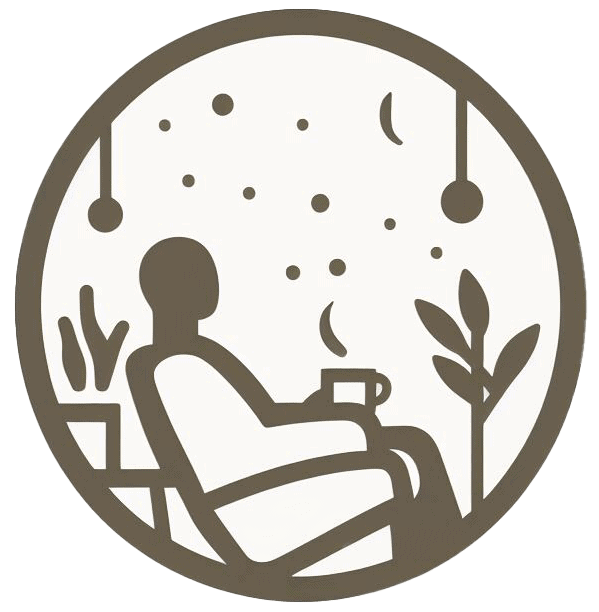





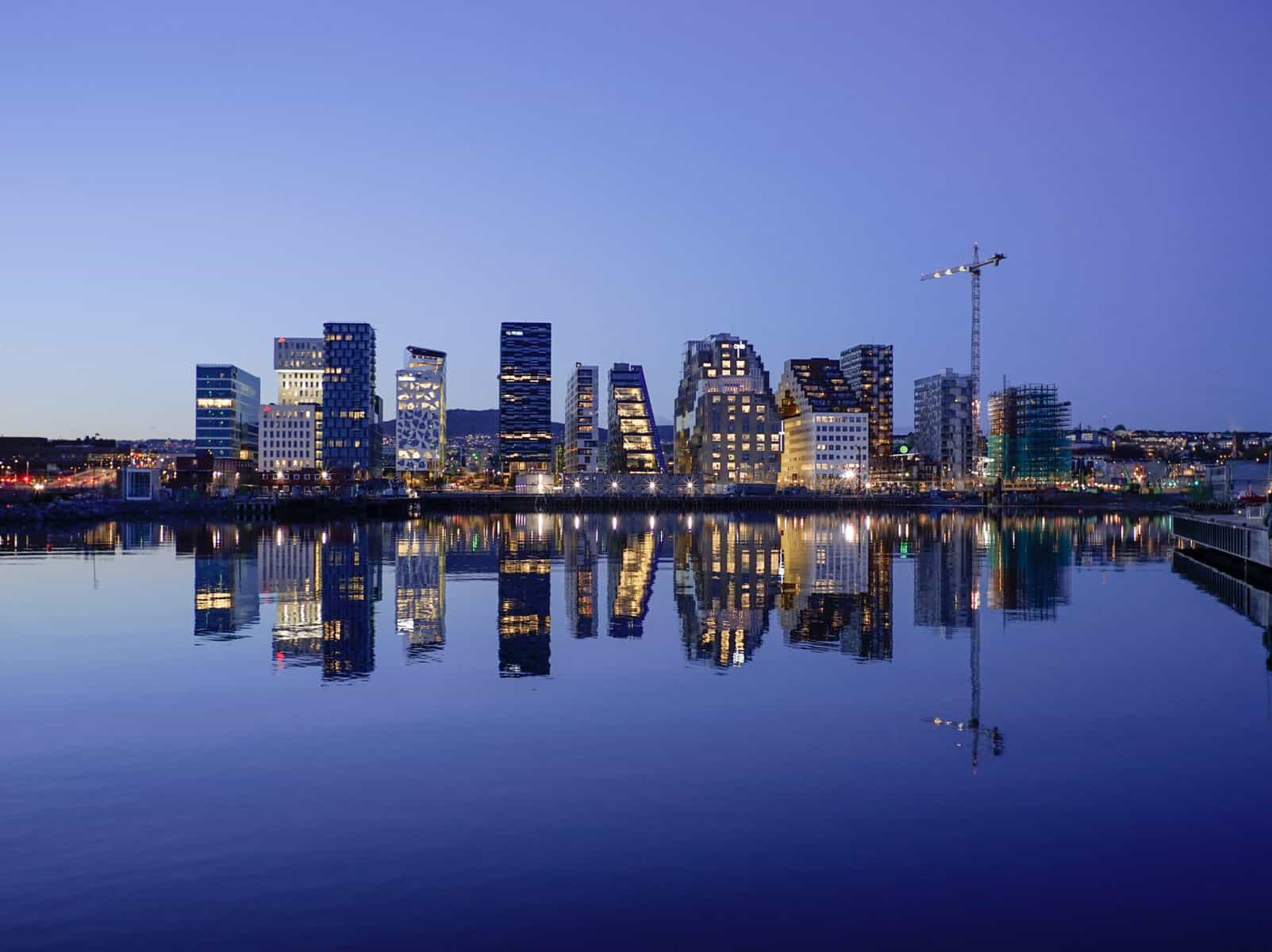
 Marvel at the striking design of this contemporary masterpiece and enjoy panoramic views from its rooftop.
Marvel at the striking design of this contemporary masterpiece and enjoy panoramic views from its rooftop.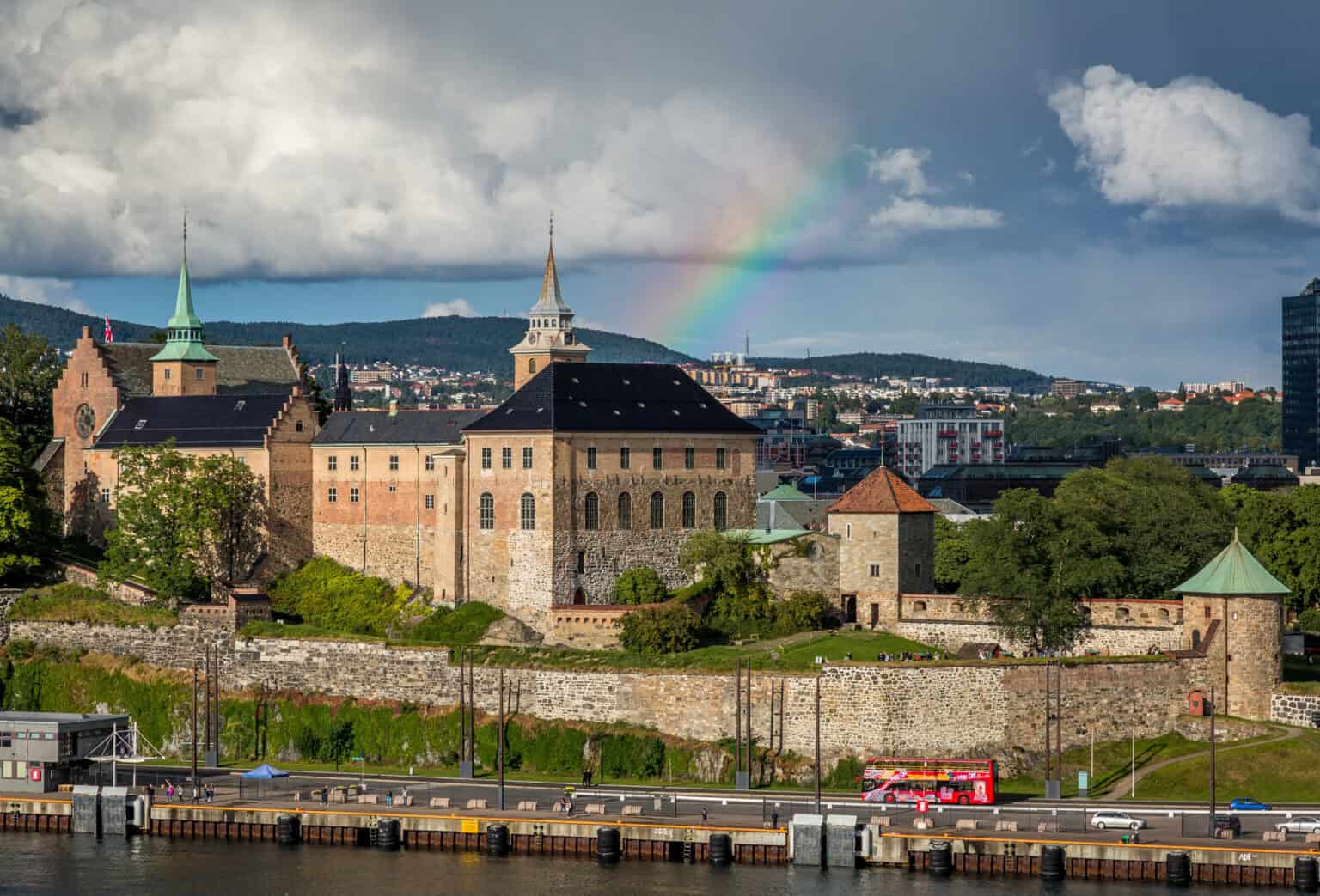
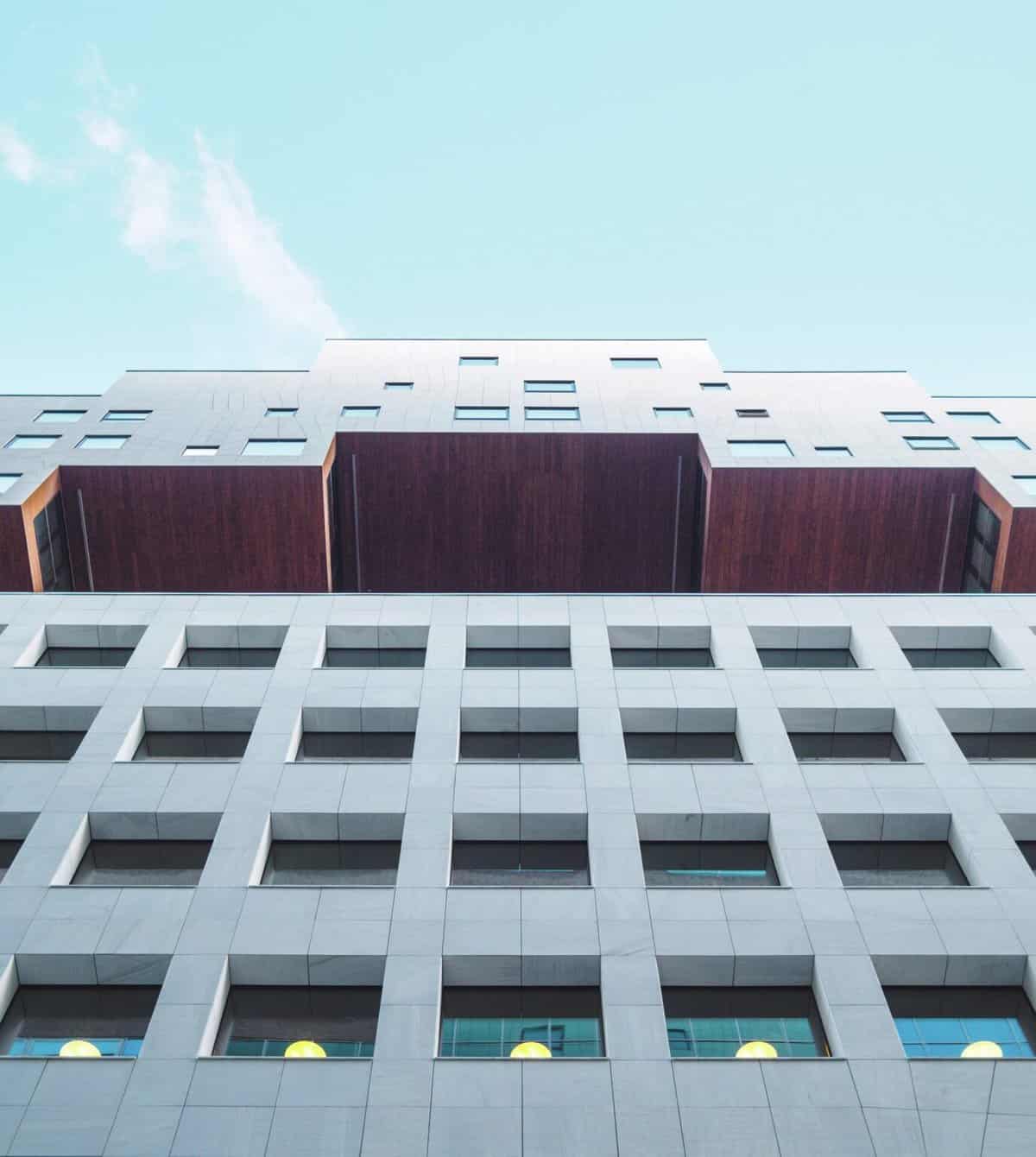

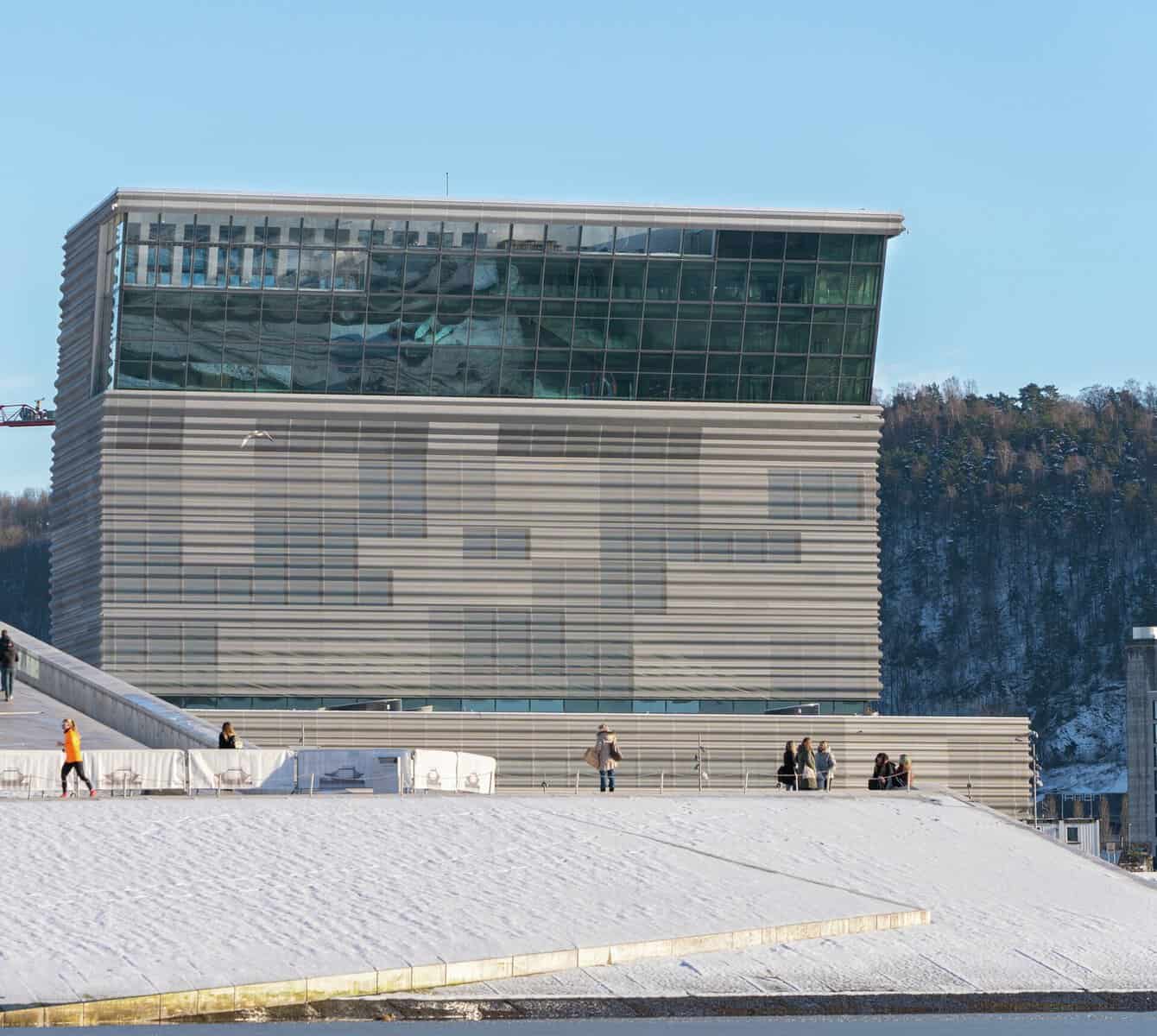

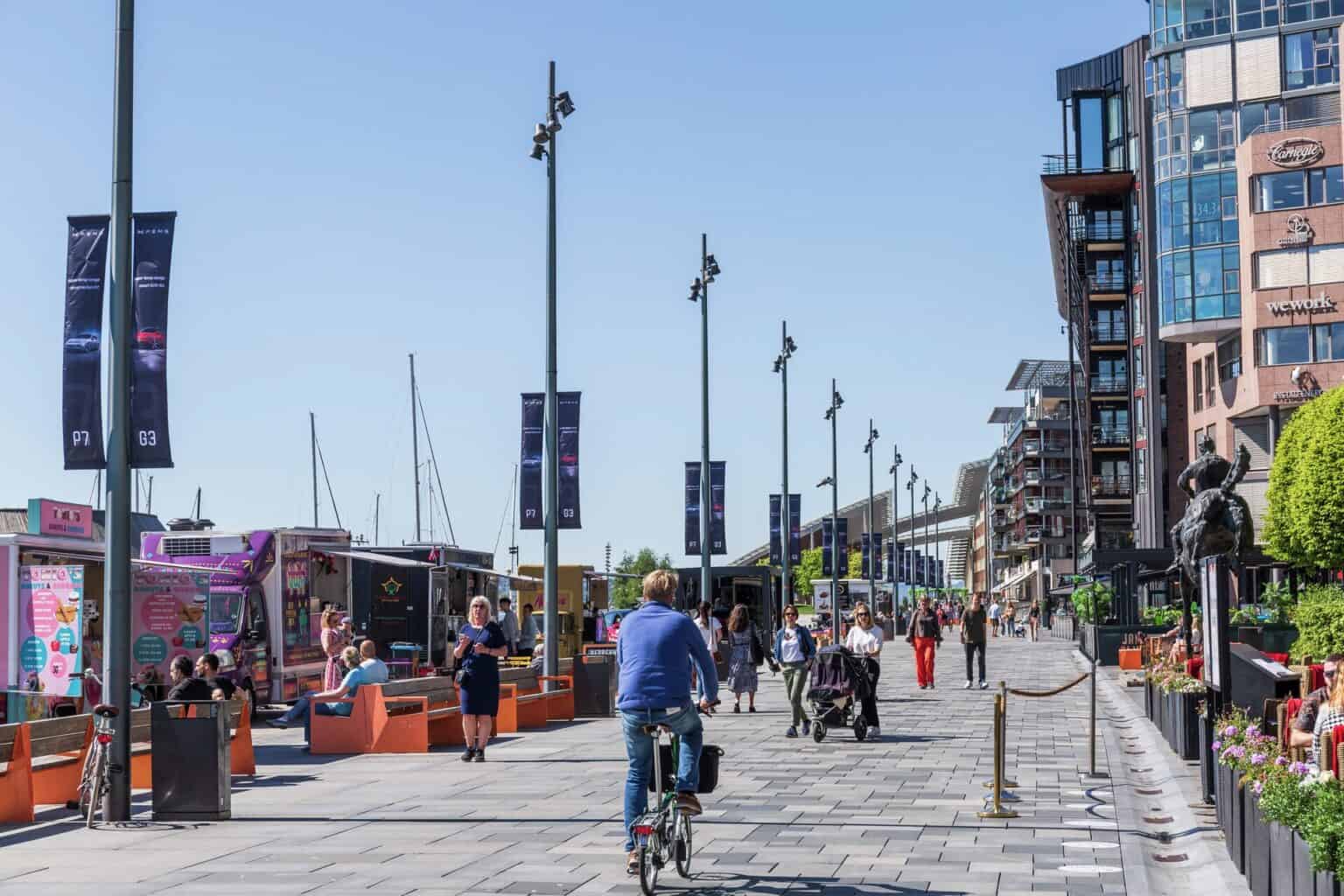
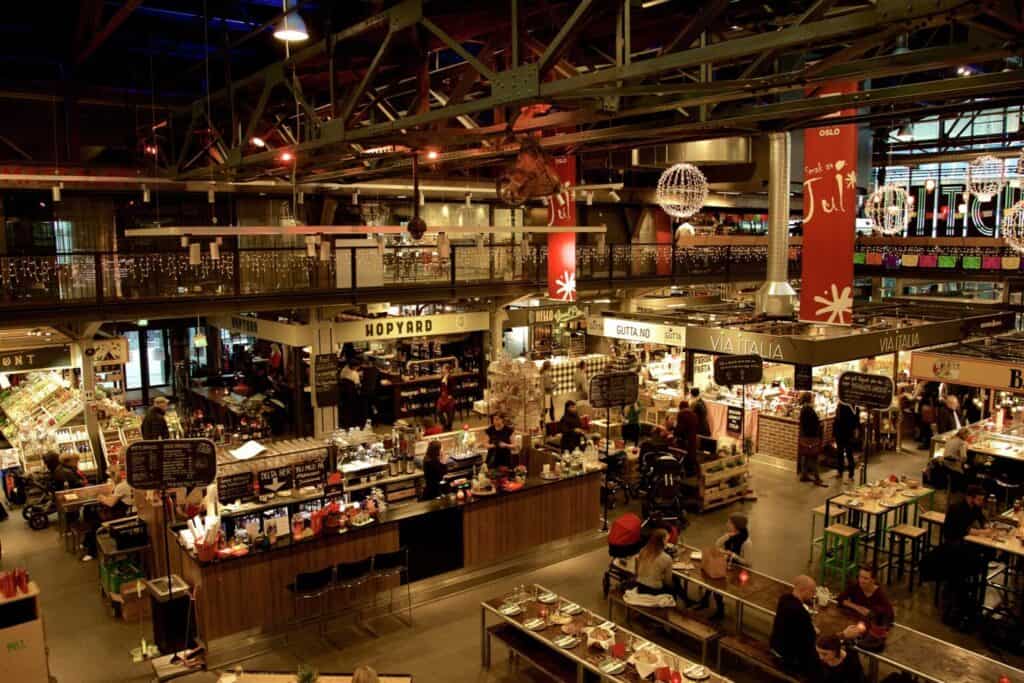
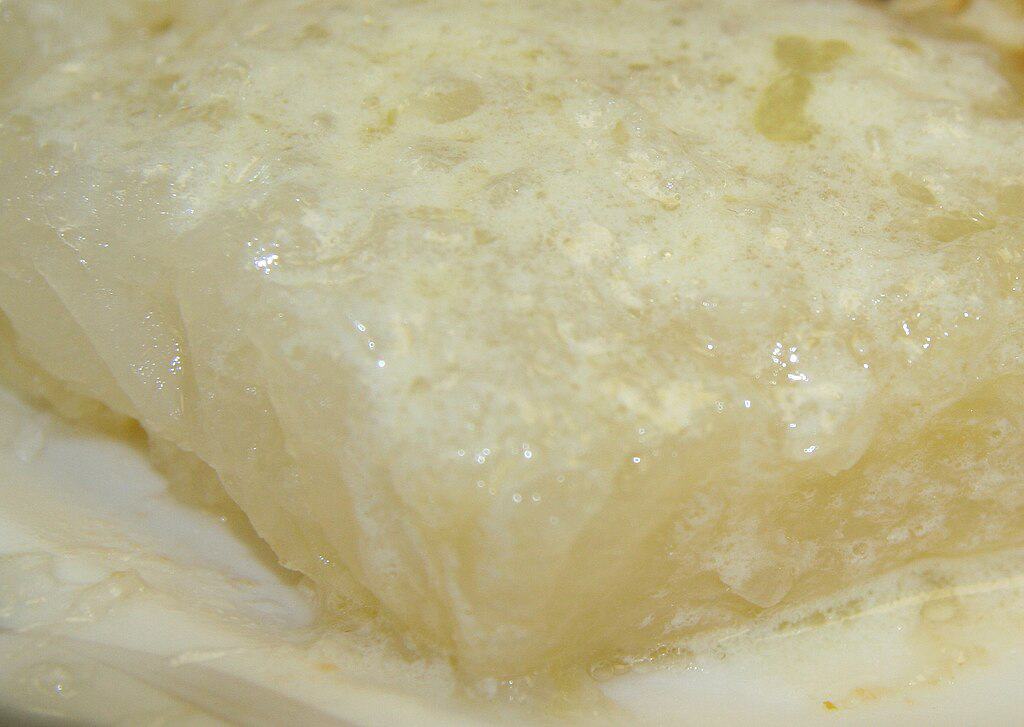



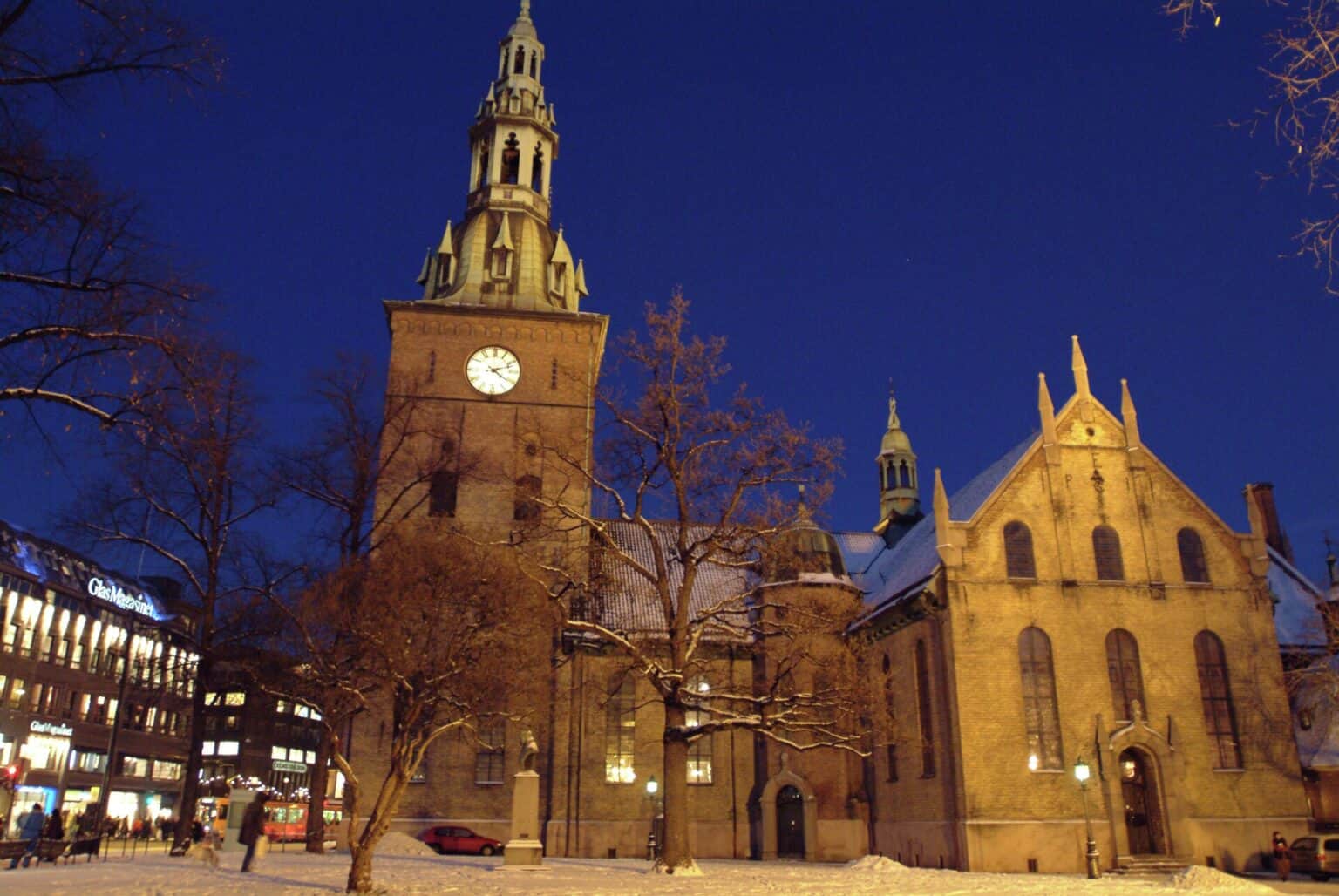 Visit this stunning cathedral, known for its beautiful stained glass windows and serene atmosphere.
Visit this stunning cathedral, known for its beautiful stained glass windows and serene atmosphere.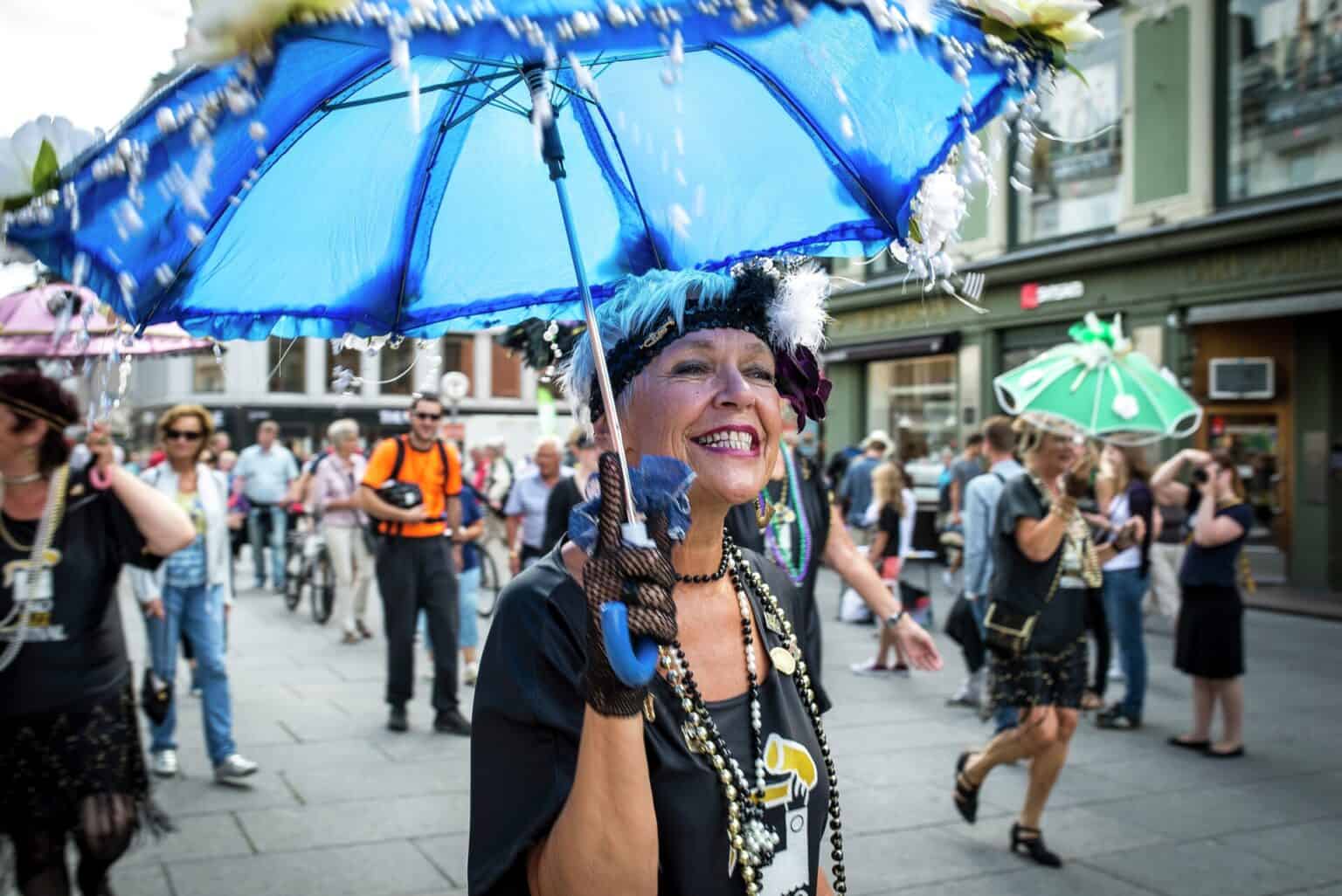
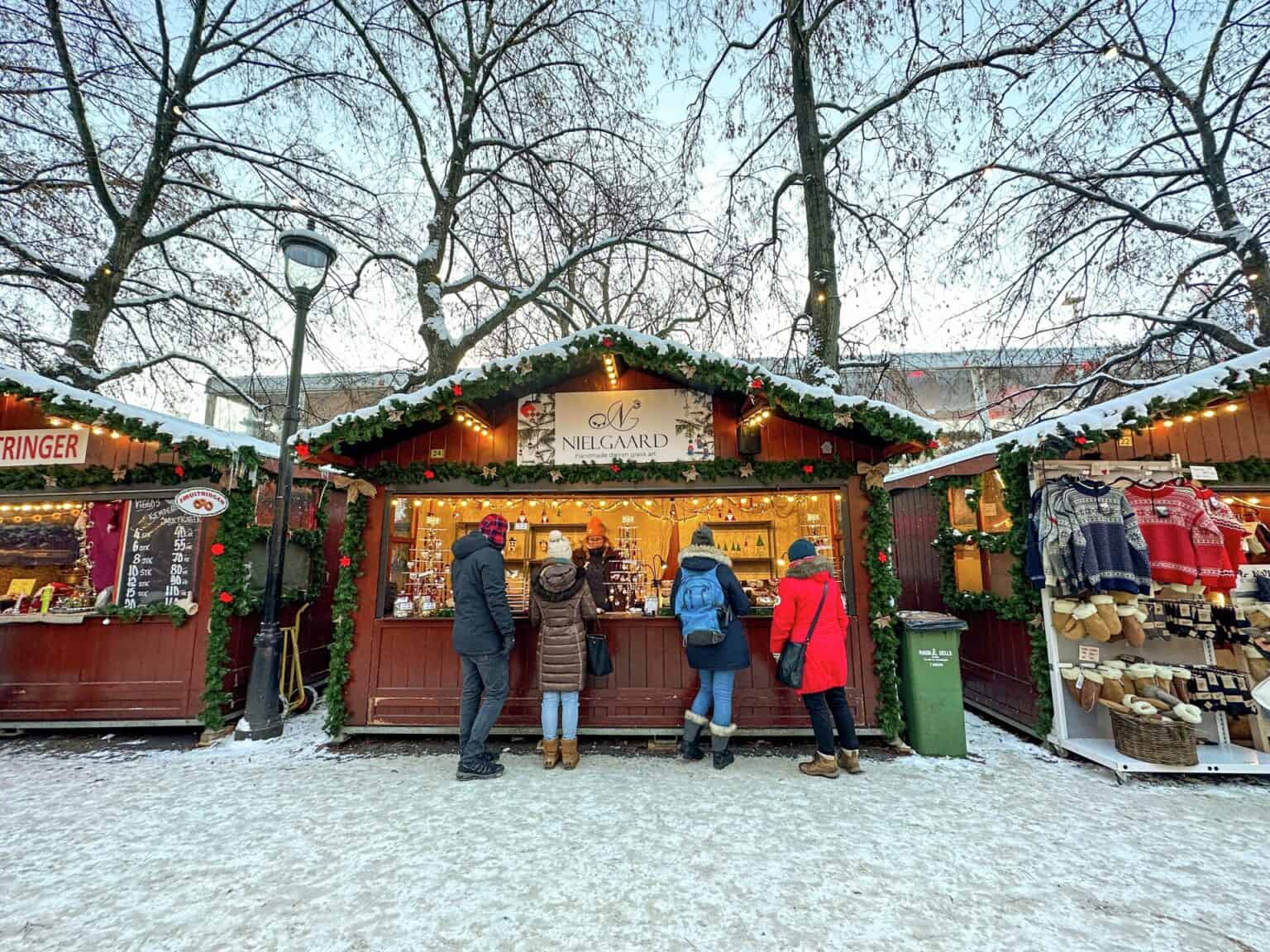

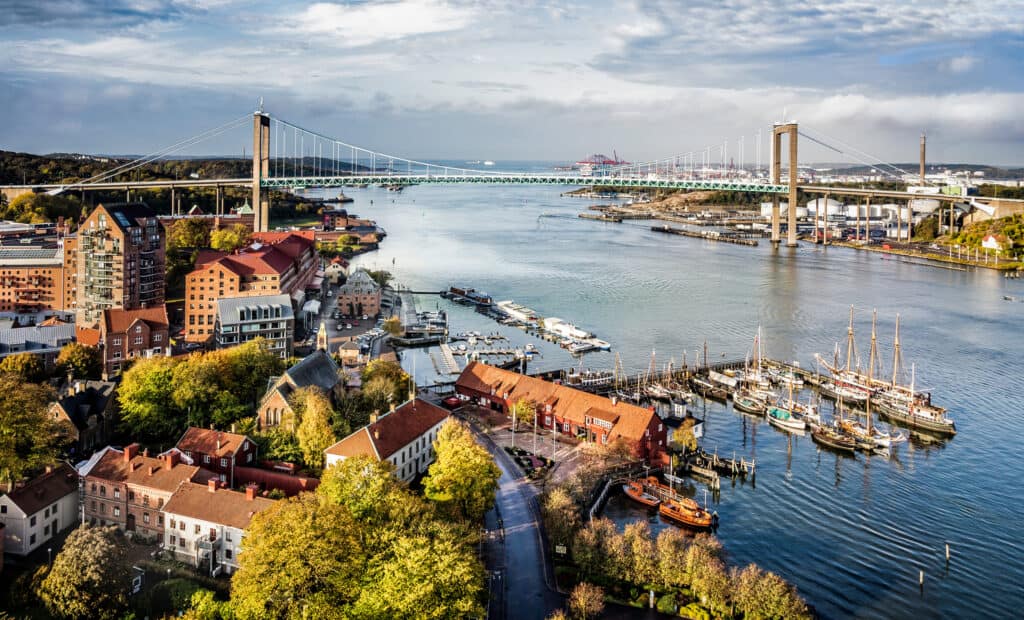
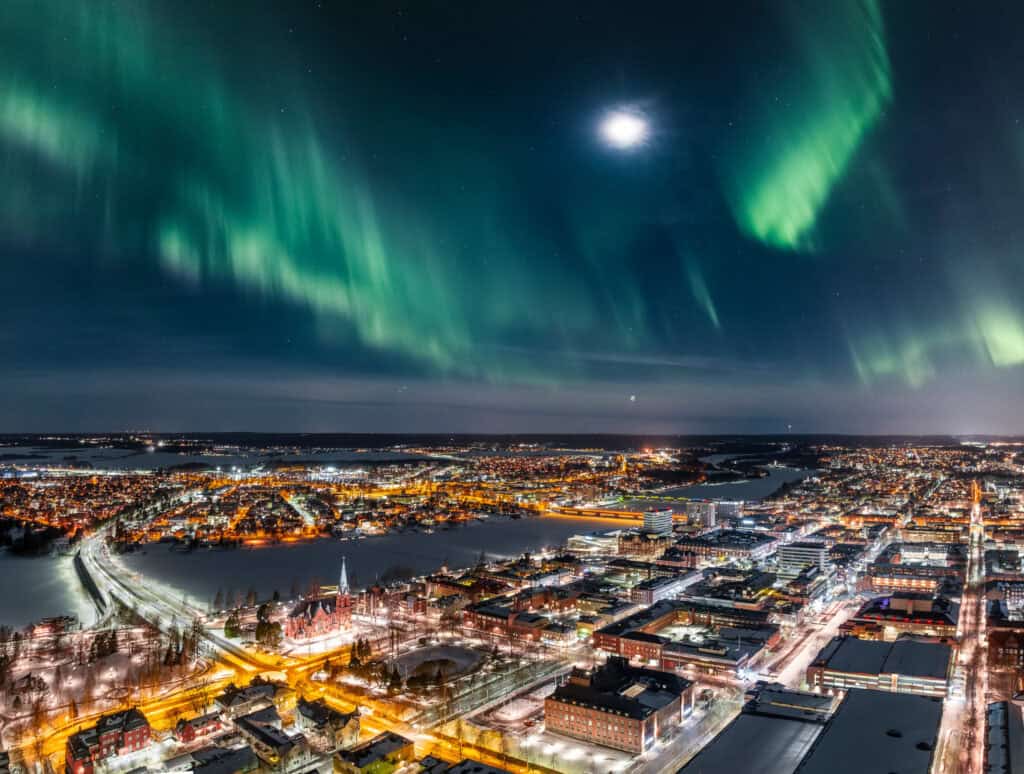
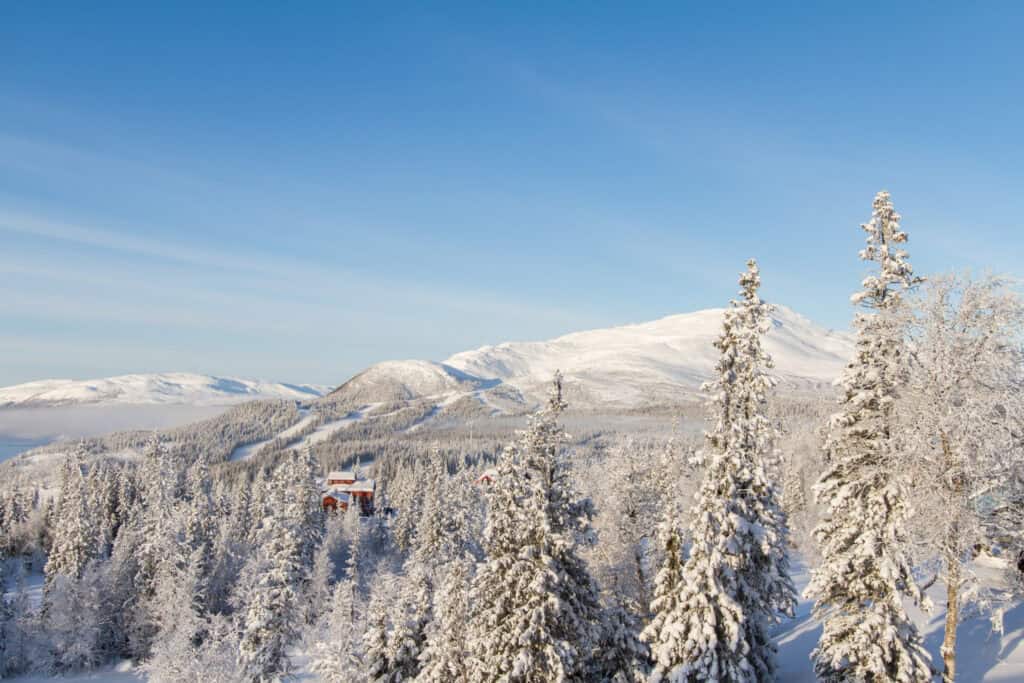
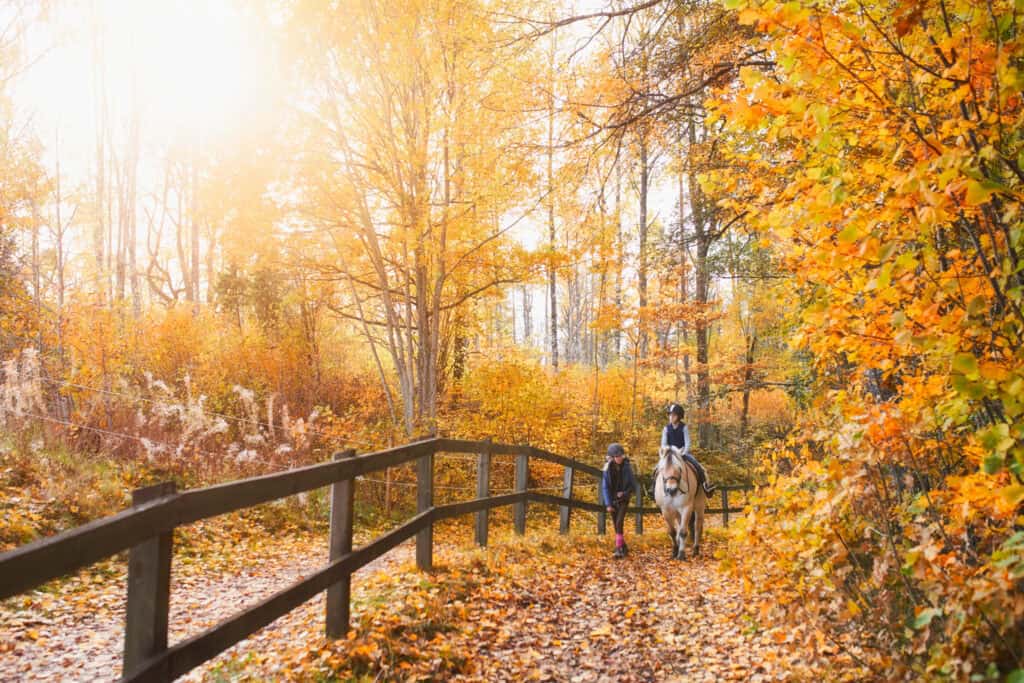
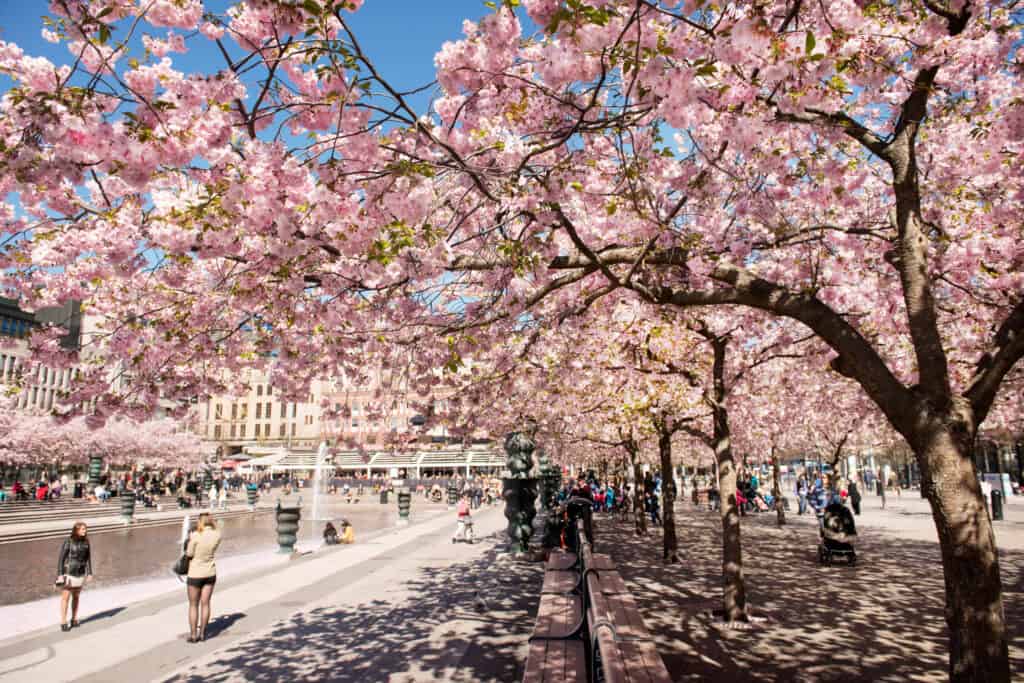



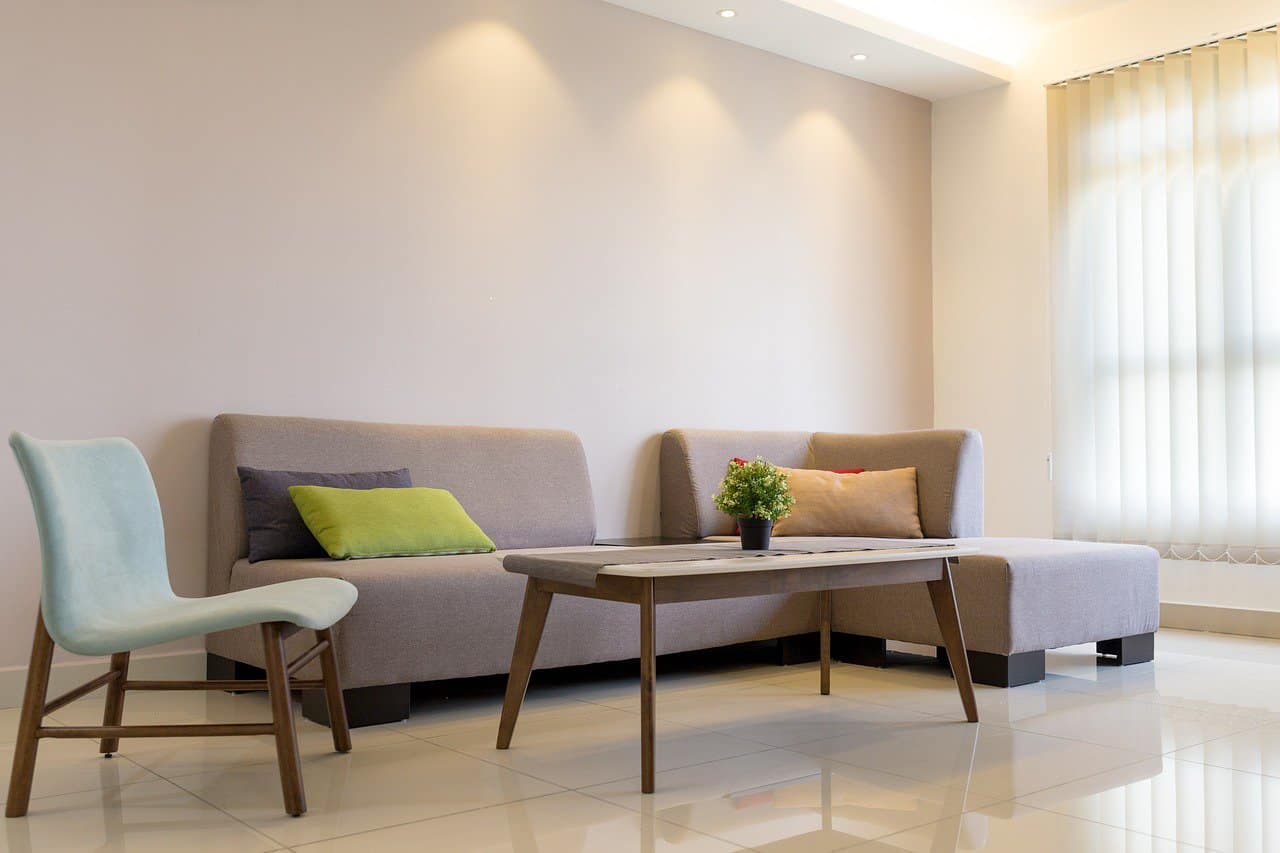 Transform your living space with the timeless charm and cosy texture of Nordic knitted cushions. Embrace the warmth and comfort they bring, creating a sense of Hygge in your home.
Transform your living space with the timeless charm and cosy texture of Nordic knitted cushions. Embrace the warmth and comfort they bring, creating a sense of Hygge in your home.